One man- one tree – thousand Moringa seedlings
The man in this picture is our tireless Zahana representative in his village in Madagascar. For over a decade now he has been our biggest supporter in his community of Fiadanana. He is one of the people (called in the jargon) an ‘early adopter’. If there is a new idea, he tries it out and implements and promotes it, if it works.
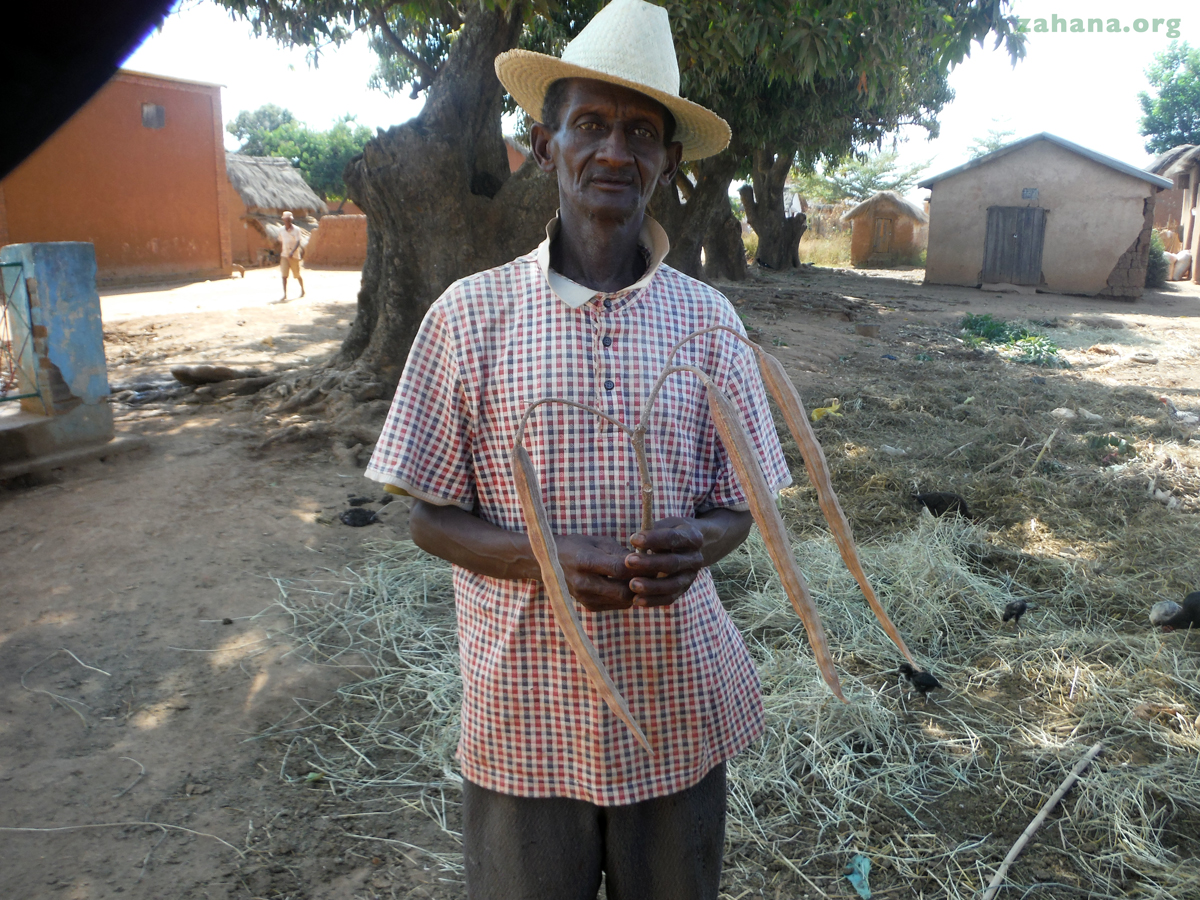
Planting Moringa oleifera in our villages is an ‘old idea’ from 2010. It has been beautifully revitalized in 2016/17. Way back when, he already planted Moringa trees in and around the village. This amazing tree can grow 9 feet are 3 m in one year. Once it makes seedpods, often in the first year, it may yield up to 4000 seeds.
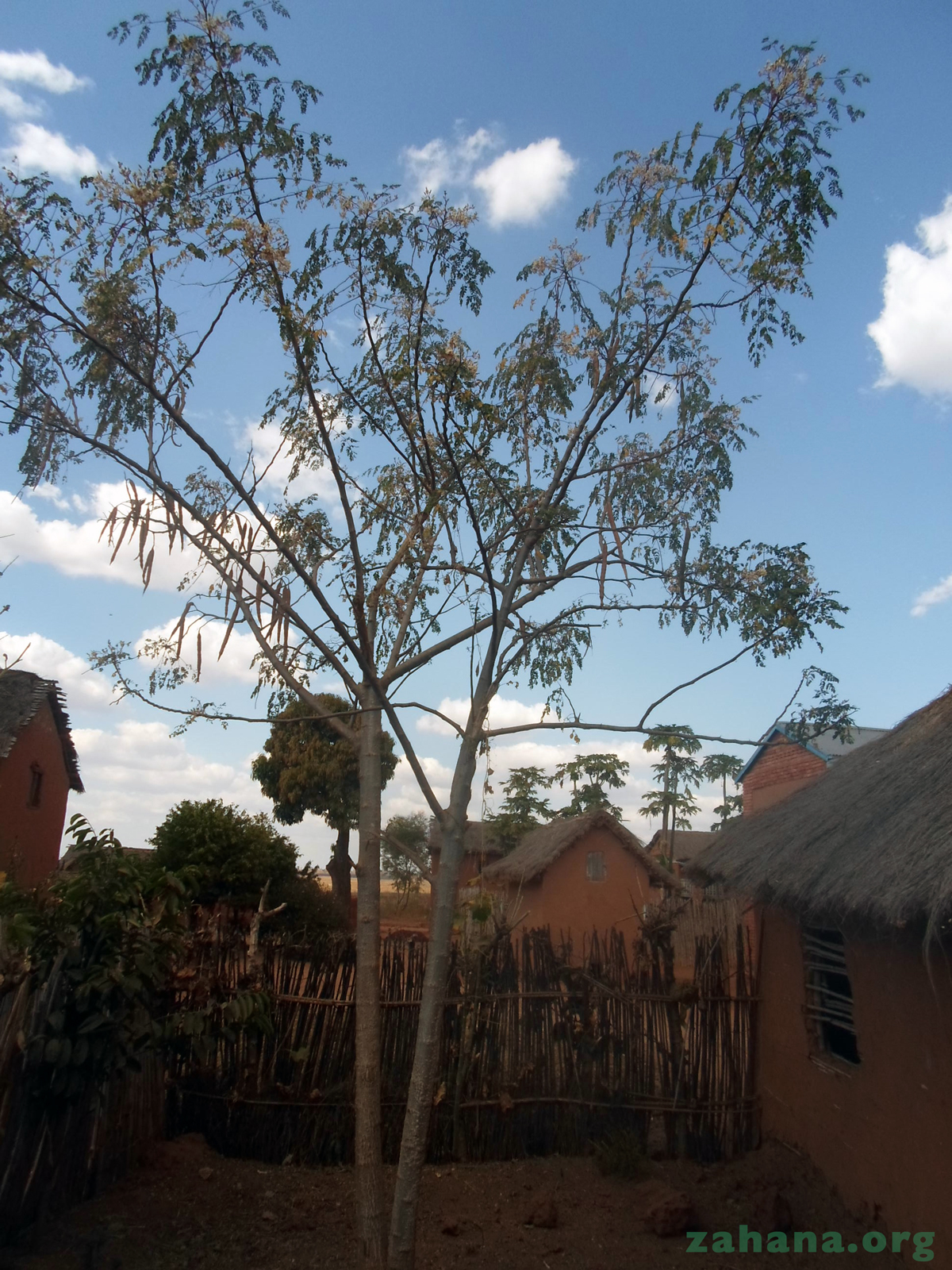
One of the trees from the ‘first round’ of planting is established and growing well as you see in the picture, it is also loaded with seedpods. Even more amazing is that mother nature makes it possible for a Moringa oleifera tree to have seed pods, flowers and leaves at the same time.
Implementing the abstract idea of a ‘renewable resource’ he has been harvesting ‘his’ very own Moringa seeds and is now planting them systematically since the 2016 launch. Once the seed pods are brown and dry, they can be split open by hand, to reveal their true treasure: new Moringa seeds.
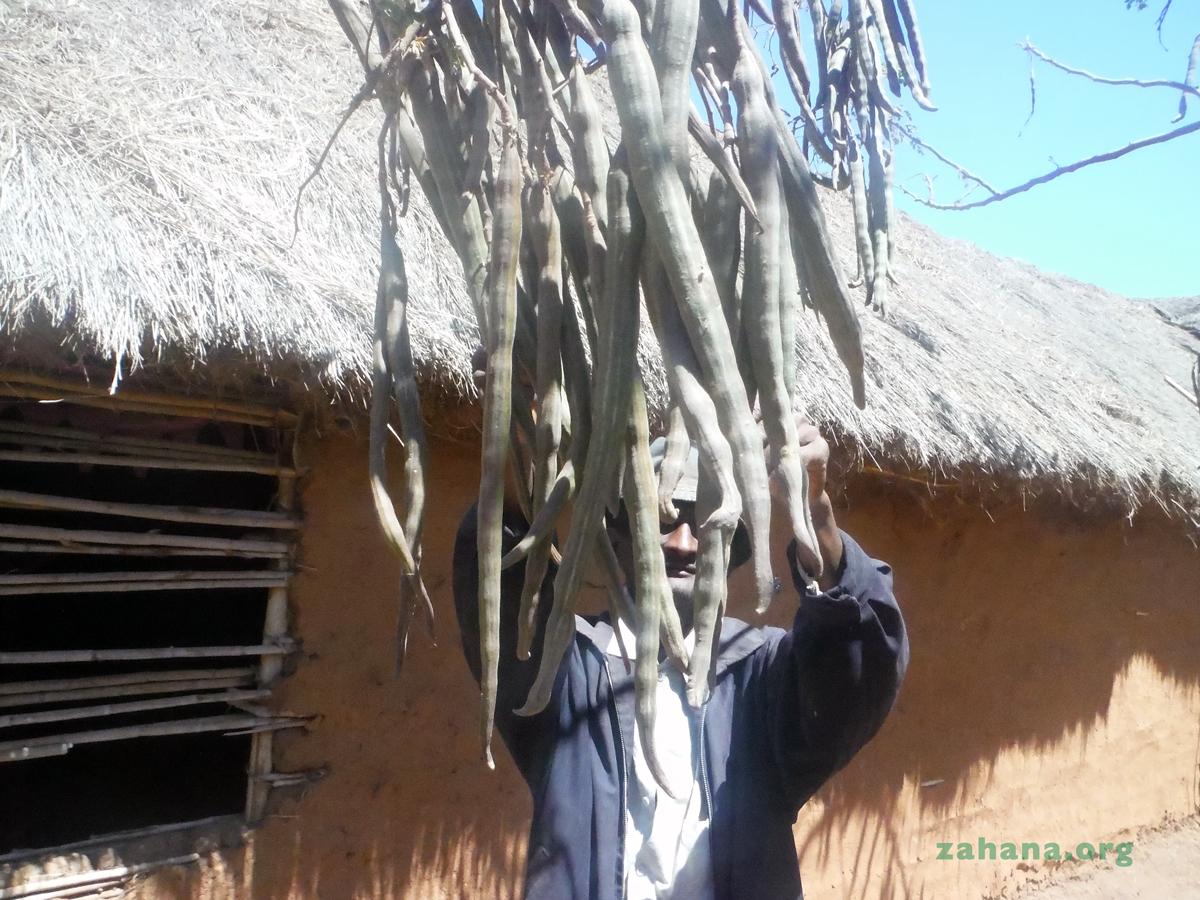
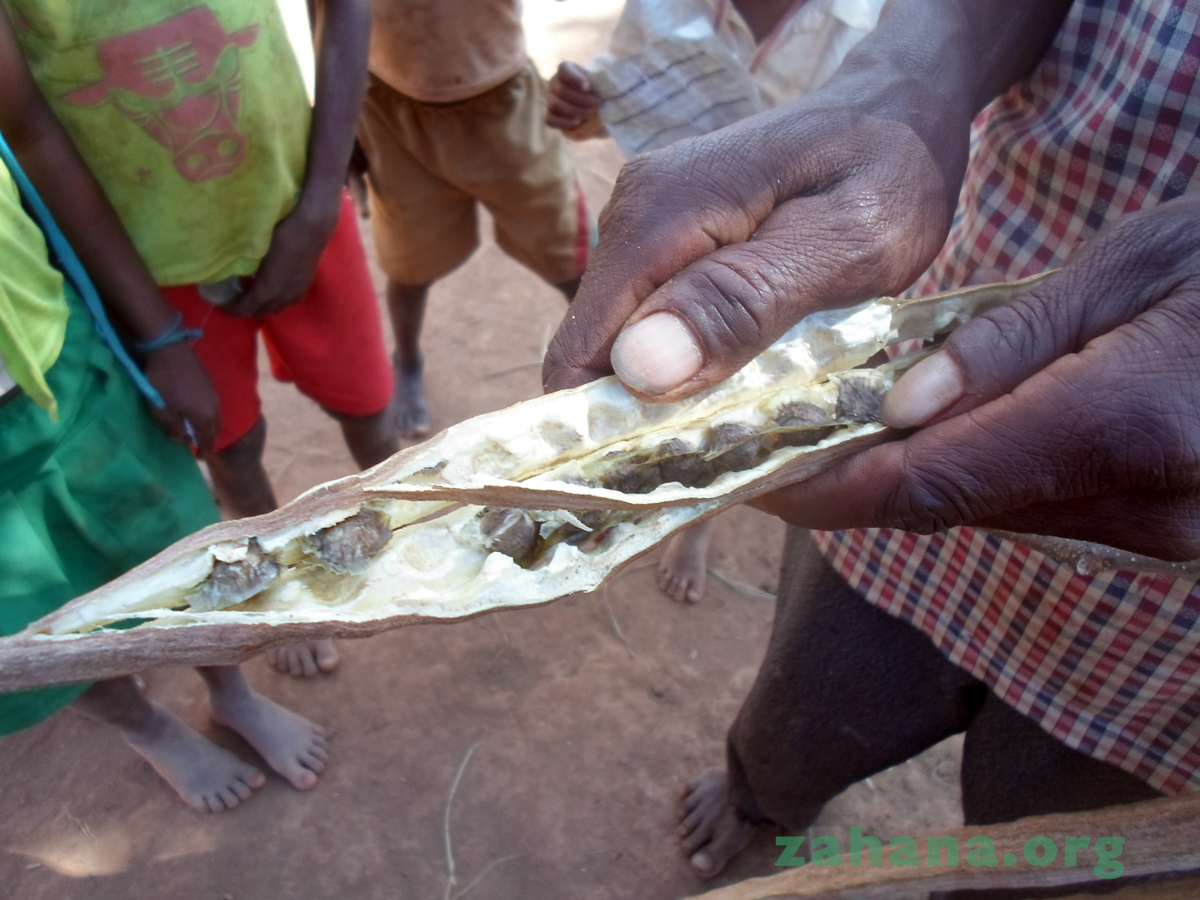
All he needs to do now is harvest the seeds and put them in a prepared bed to grow more seedlings:
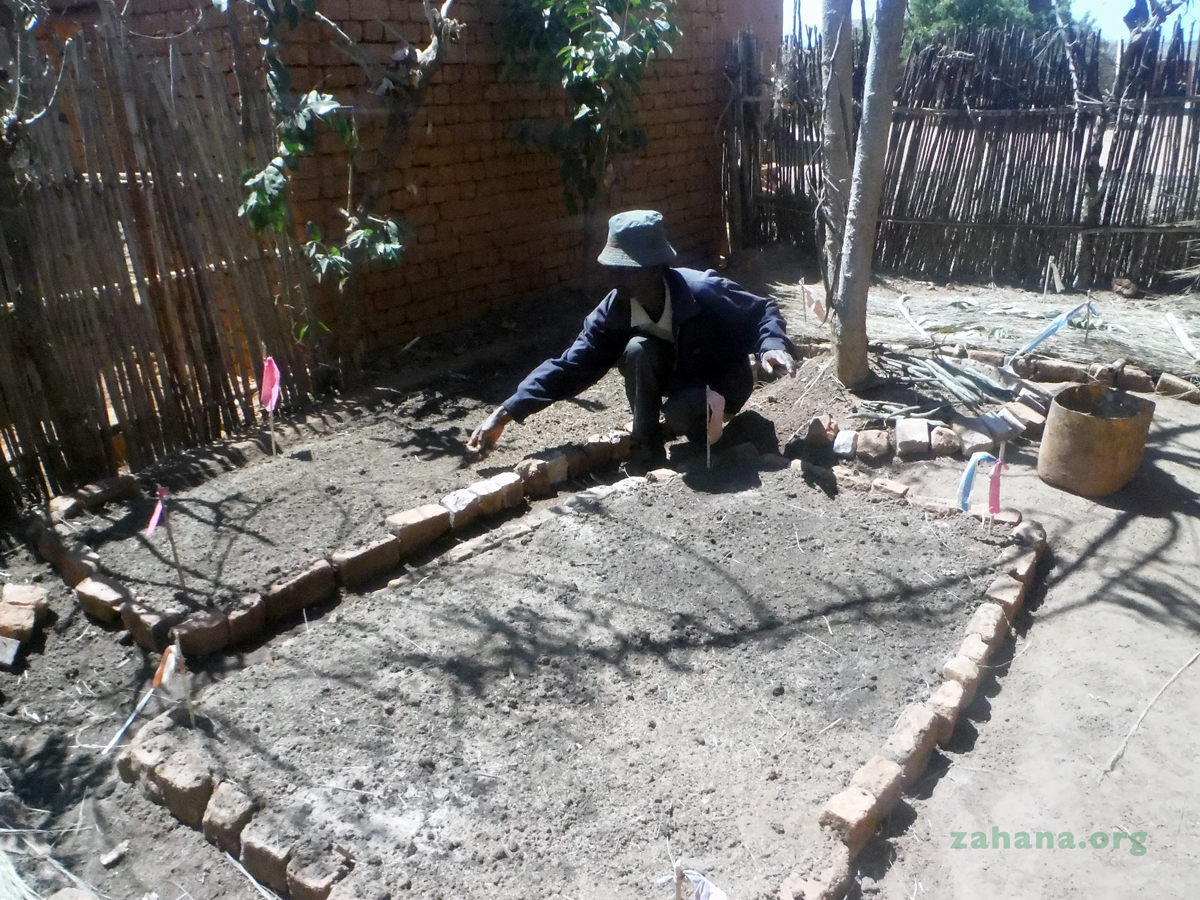
Cooking notes: Fresh leaves and young tender seeds pods can be cooked as a vegetable or added to soup, the (hopefully soon) preferred way to prepare it in Malagasy culture. Fresh Moringa leaves are best added, just in the last second of cooking, when the pot is already off the stove. Bigger seeds pods can be cooked and eaten as well, called drumsticks e.g. in ‘curries’ or rasam in southern Indian cooking. Flowers make a tasty tea, or blanched a delicious addition to a salad. Bees also cherish Moringa flowers.










